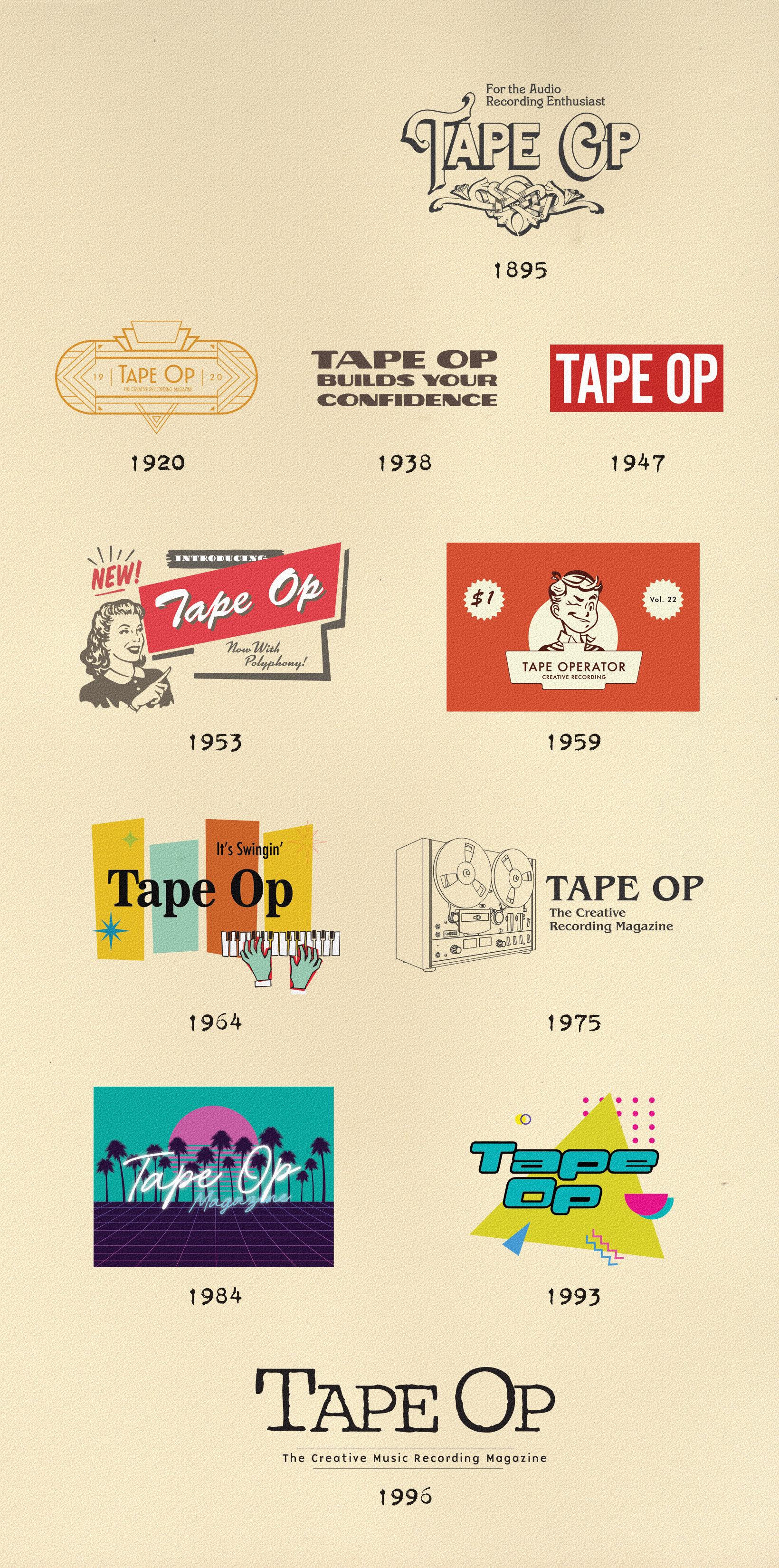As part of the McDSP Analog Processing Box universe (APB-8, APB-16) [Tape Op #134], the BOB Bass Optimized Bias is a plug-in based on the original BOB module from McDSP's 6060 Ultimate Module Collection. The BOB APB plug-in can provide a massive amount of low end around a selected frequency, and then use tweakable frequency selective compression (Squash) and saturation to sculpt the resulting sound in creative and useable ways. Jumping in without knowing anything, I immediately added some missing deep bottom end to an electric bass DI track, and kick drums got quite thick and punchy. On toms, I introduced some incredible low presence by finding the desired frequencies and adding in Bias until the sound filled in. The Bias knob adds a higher percentage of lows, and the Freq knob obviously selects what frequency range it adds the depth to. There are buttons for bias modes A and B, which select wider and narrower low end bands, respectively. They're not labeled and are next to the Rate knob (Squash release time), so their function was not intuitive, and I had to ask McDSP what they did as their results were hard to pin down. There are two buttons (I and II) for analog modes next to the Gain knob. Button I adds in a stronger boost and compression, while II saturates the low end more. Activating both on a drum room mic made it splat more while filling in some low frequency information. On electric bass, button I introduced some bite to the picking, and II filled in some deep lows. On a later session, BOB perfectly rescued a direct recorded fuzz bass by adding tons of workable low end and presence.
Let’s say someone sent you a mix session where, for drums, all you had were slightly thin sounding overhead drum mics with no close mics to work with. Adding BOB's "Got Bass" preset really filled in the bottom frequencies and gave me so much more to work with – way cool! Running an entire mix through this plug-in was wild. Once again, if you needed to beef up a thin stereo live recording or practice room tape, BOB would be a good choice. Drums slammed much more than my unmastered mix, and lows filled in. I felt like an amateur mastering engineer, getting excited that I was changing the sound without understanding what I was messing up, but it was also super fun and made the music exciting – there's definitely something to take away from that. If you push too much sound through, you can actually get real analog overloads and what sounds like digital clipping, so setting levels requires care and attention. BOB provides two gain stages: The first stage Gain knob provides pure analog gain (via the APB box), and the second stage Trim/HR (digital trim/analog headroom) knob helps to keep gain structure and headroom in place.
APB plug-ins can now operate at any Pro Tools hardware buffer size; a public beta version is out: "APB plug-in latency will update based on the selected buffer size, for latency as low as sub 5 msec. This new feature is available whether you are mixing or recording with an APB plug-in." It's cool to see that McDSP keeps adding plug-ins to the APB ecosystem while improving useability. I'm curious what neat tools will spring from the APB universe over time, as I think this digitally controlled analog world has a lot to offer for tracking and mixing purposes. BOB Bass Optimized Bias is a winner for adding lows to tracks and mixes, and I hope more people see the advantages of the McDSP APB systems.




_disp_horizontal_bw.jpg)